The Association of Southeast Asian Nations (ASEAN) is now trying to build an electric vehicle (EV) ecosystem in the region with support from its East Asian neighbors, according to an Indonesian diplomat .
Specifically, ASEAN will soon announce a new EV ecosystem cooperation program under the ASEAN + 3 (APT) mechanism. APT is expected to announce this at the upcoming 43rd ASEAN Summit in Jakarta next month.
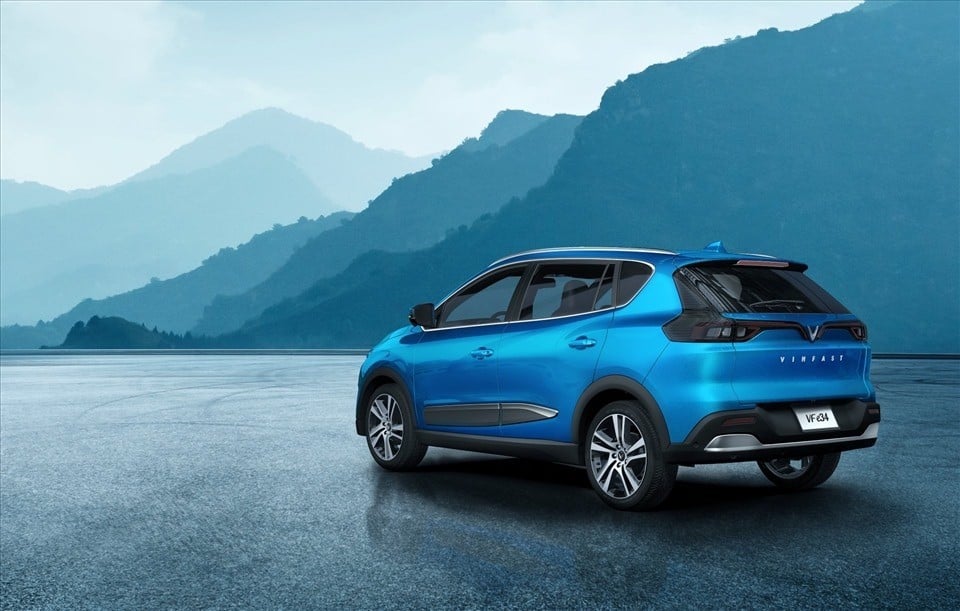 |
| In addition to common standards, each ASEAN member country has its own electric vehicle standards, rules and infrastructure. (Source: Vinfast) |
Launched in 1997, APT is an economic cooperation forum between ASEAN and three East Asian countries: China, Japan and South Korea.
Speaking to reporters, Director General of ASEAN Economic Cooperation at the Indonesian Ministry of Foreign Affairs , Berlianto Pandapotan Hasudungan, said: “Not all ASEAN members apply the same standards, rules and electric vehicle infrastructure. We are asking the three APT countries to help develop the regional EV ecosystem.”
Details regarding the EV ecosystem cooperation program between ASEAN and China, Japan and South Korea will be announced in September through the ASEAN+3 Leaders' Statement on EV Ecosystem.
ASEAN is expected to harmonize EV standards across member countries to facilitate trade, especially for eco-friendly vehicles. These “standards” include different types of power plugs across countries.
According to Mr. Berlianto, unifying standards is key to the development of EV supply chains in the region, which will allow member countries to trade EVs easily.
“Imagine if Indonesia exported EVs to Singapore, but the plugs were not compatible,” Berlianto said. “The same goes for other elements like batteries and even safety standards. Having a single battery standard could allow consumers to easily swap batteries.”
Asked if ASEAN had set a timeline for agreeing on regional standards, Mr Berlianto said the regional organisation was just getting started.
“The leaders’ declaration is the highest level of political commitment. That is what needs to be conveyed to the lower levels. For example, the ministers will work on a framework or roadmap, while the senior officials’ meetings (SOM) will discuss the technical aspects to facilitate implementation,” Mr. Berlianto explained.
Source





![[Photo] Keep your warehouse safe in all situations](https://vphoto.vietnam.vn/thumb/1200x675/vietnam/resource/IMAGE/2025/10/1/3eb4eceafe68497989865e7faa4e4d0e)
![[Photo] Hanoi morning of October 1: Prolonged flooding, people wade to work](https://vphoto.vietnam.vn/thumb/1200x675/vietnam/resource/IMAGE/2025/10/1/189be28938e3493fa26b2938efa2059e)
![[Photo] President of the Cuban National Assembly visits President Ho Chi Minh's Mausoleum](https://vphoto.vietnam.vn/thumb/1200x675/vietnam/resource/IMAGE/2025/10/1/39f1142310fc4dae9e3de4fcc9ac2ed0)


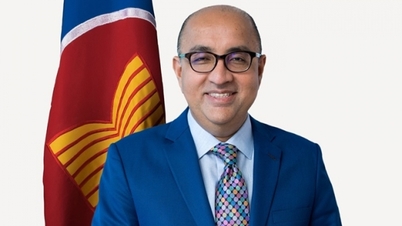
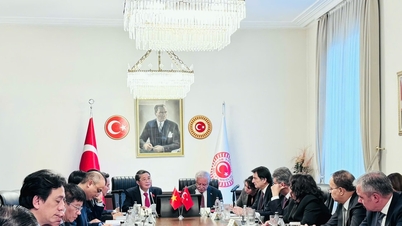



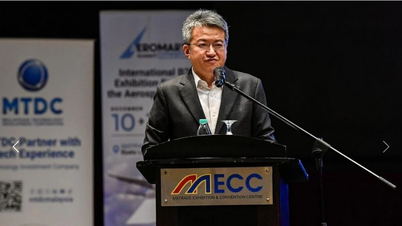

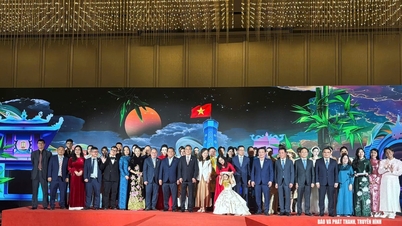

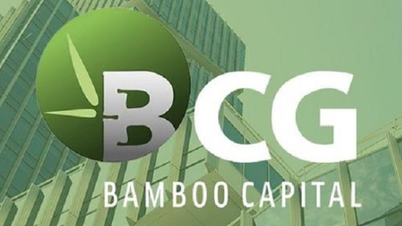

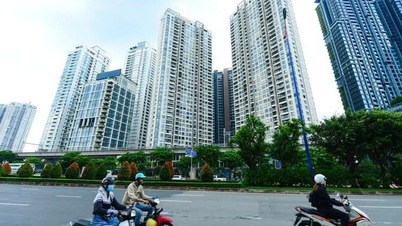

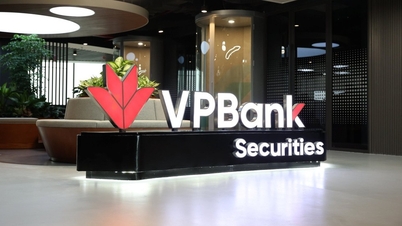
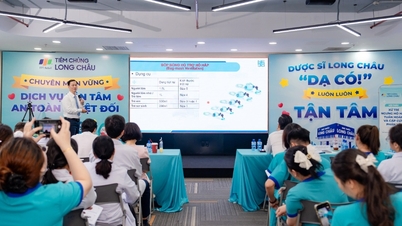

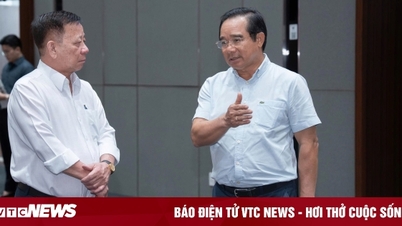

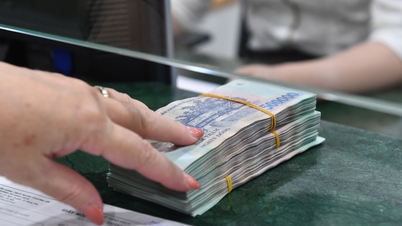





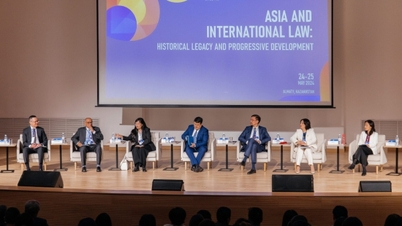
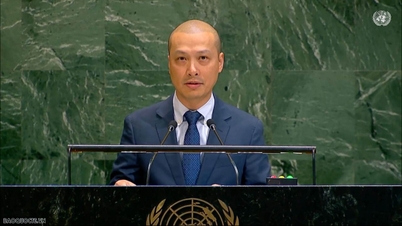
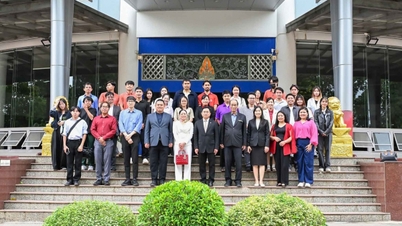

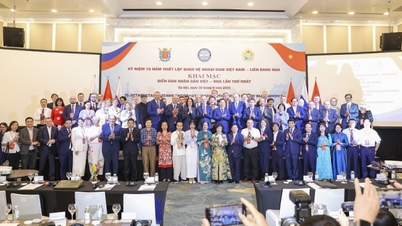
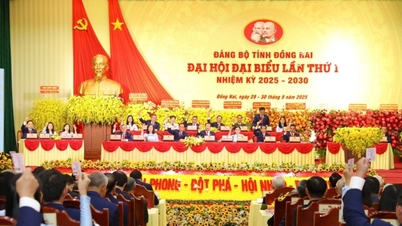























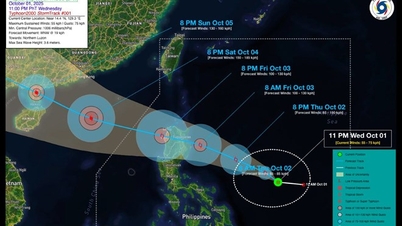
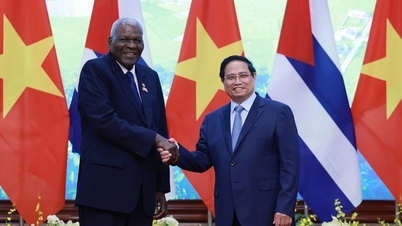











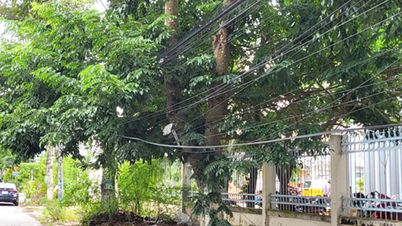

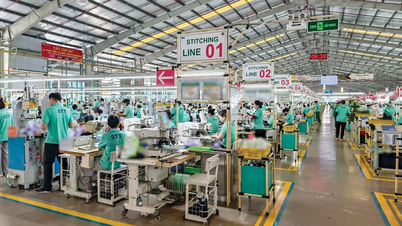

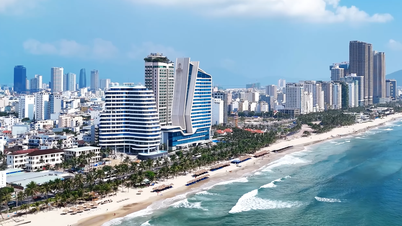

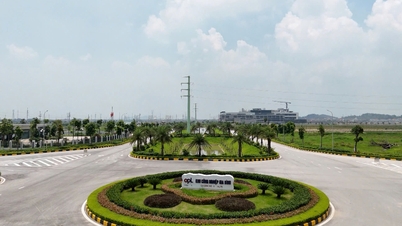

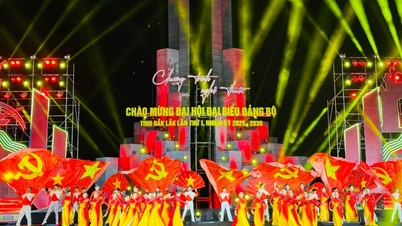














Comment (0)